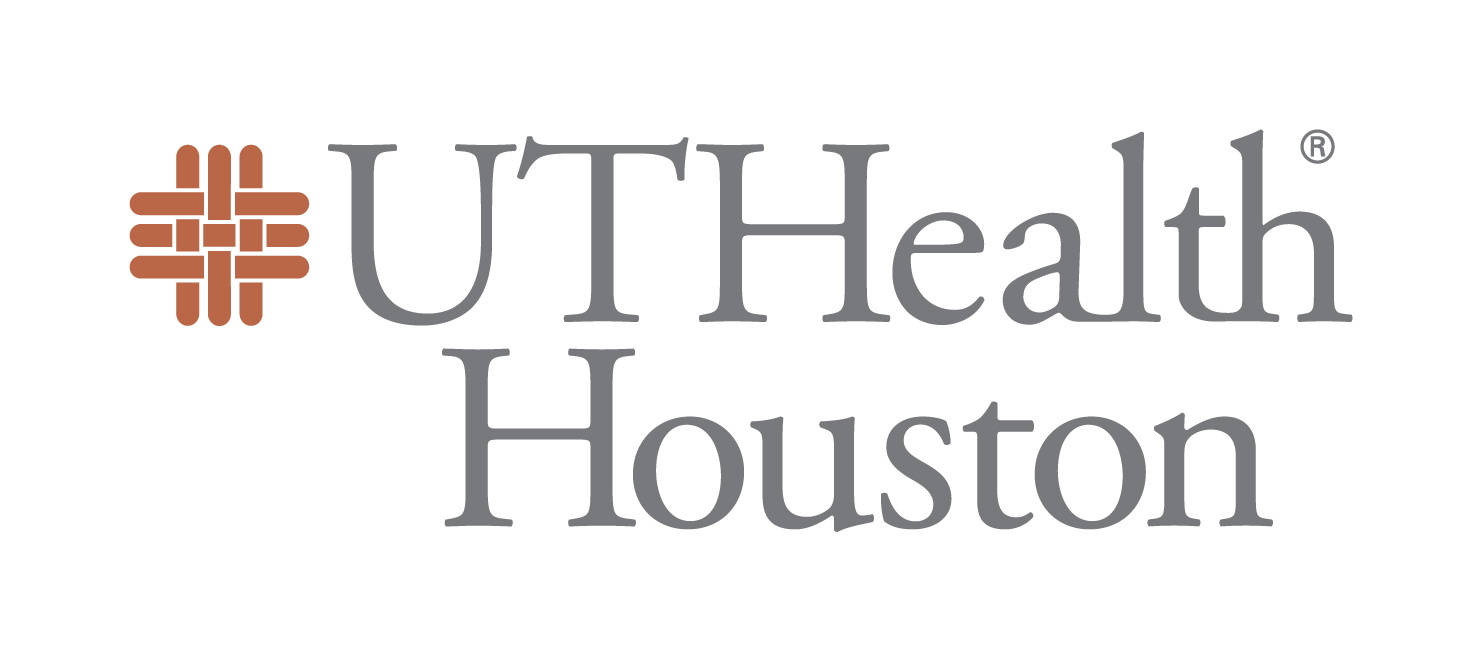| Tissue | Expression Dynamics | Abbreviation |
| Colorectum (GSE201348) |  | FAP: Familial adenomatous polyposis |
| CRC: Colorectal cancer |
| Colorectum (HTA11) |  | AD: Adenomas |
| SER: Sessile serrated lesions |
| MSI-H: Microsatellite-high colorectal cancer |
| MSS: Microsatellite stable colorectal cancer |
| Liver | 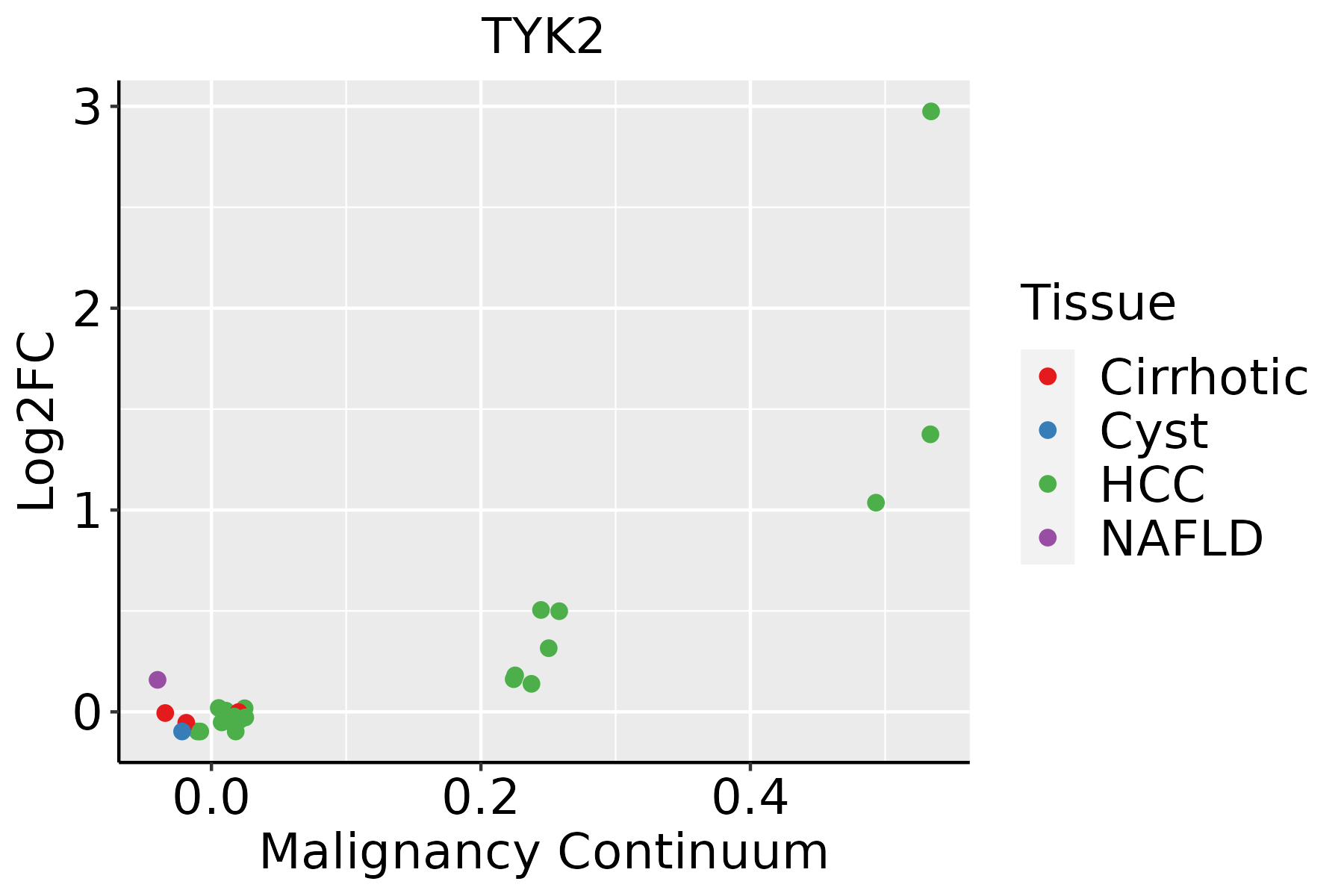 | HCC: Hepatocellular carcinoma |
| NAFLD: Non-alcoholic fatty liver disease |
| Oral Cavity |  | EOLP: Erosive Oral lichen planus |
| LP: leukoplakia |
| NEOLP: Non-erosive oral lichen planus |
| OSCC: Oral squamous cell carcinoma |
| GO ID | Tissue | Disease Stage | Description | Gene Ratio | Bg Ratio | pvalue | p.adjust | Count |
| GO:0034340 | Colorectum | AD | response to type I interferon | 22/3918 | 58/18723 | 2.23e-03 | 1.75e-02 | 22 |
| GO:0060337 | Colorectum | AD | type I interferon signaling pathway | 19/3918 | 50/18723 | 4.23e-03 | 2.91e-02 | 19 |
| GO:0071357 | Colorectum | AD | cellular response to type I interferon | 19/3918 | 52/18723 | 6.92e-03 | 4.26e-02 | 19 |
| GO:00343401 | Colorectum | SER | response to type I interferon | 17/2897 | 58/18723 | 5.50e-03 | 4.07e-02 | 17 |
| GO:003434011 | Liver | HCC | response to type I interferon | 43/7958 | 58/18723 | 9.93e-07 | 1.50e-05 | 43 |
| GO:006033711 | Liver | HCC | type I interferon signaling pathway | 37/7958 | 50/18723 | 6.13e-06 | 7.52e-05 | 37 |
| GO:007135711 | Liver | HCC | cellular response to type I interferon | 38/7958 | 52/18723 | 7.59e-06 | 8.98e-05 | 38 |
| GO:00343405 | Oral cavity | OSCC | response to type I interferon | 46/7305 | 58/18723 | 4.17e-10 | 1.11e-08 | 46 |
| GO:00603374 | Oral cavity | OSCC | type I interferon signaling pathway | 41/7305 | 50/18723 | 5.59e-10 | 1.46e-08 | 41 |
| GO:00713574 | Oral cavity | OSCC | cellular response to type I interferon | 42/7305 | 52/18723 | 8.50e-10 | 2.13e-08 | 42 |
| GO:00192214 | Oral cavity | OSCC | cytokine-mediated signaling pathway | 222/7305 | 472/18723 | 2.02e-04 | 1.35e-03 | 222 |
| GO:00182123 | Oral cavity | OSCC | peptidyl-tyrosine modification | 180/7305 | 378/18723 | 3.63e-04 | 2.22e-03 | 180 |
| GO:00181083 | Oral cavity | OSCC | peptidyl-tyrosine phosphorylation | 177/7305 | 375/18723 | 6.86e-04 | 3.83e-03 | 177 |
| Pathway ID | Tissue | Disease Stage | Description | Gene Ratio | Bg Ratio | pvalue | p.adjust | qvalue | Count |
| hsa05171 | Colorectum | AD | Coronavirus disease - COVID-19 | 113/2092 | 232/8465 | 9.90e-16 | 2.55e-14 | 1.63e-14 | 113 |
| hsa05160 | Colorectum | AD | Hepatitis C | 54/2092 | 157/8465 | 3.87e-03 | 1.96e-02 | 1.25e-02 | 54 |
| hsa051711 | Colorectum | AD | Coronavirus disease - COVID-19 | 113/2092 | 232/8465 | 9.90e-16 | 2.55e-14 | 1.63e-14 | 113 |
| hsa051601 | Colorectum | AD | Hepatitis C | 54/2092 | 157/8465 | 3.87e-03 | 1.96e-02 | 1.25e-02 | 54 |
| hsa051712 | Colorectum | SER | Coronavirus disease - COVID-19 | 98/1580 | 232/8465 | 3.33e-17 | 8.50e-16 | 6.17e-16 | 98 |
| hsa04217 | Colorectum | SER | Necroptosis | 47/1580 | 159/8465 | 5.21e-04 | 4.44e-03 | 3.22e-03 | 47 |
| hsa051713 | Colorectum | SER | Coronavirus disease - COVID-19 | 98/1580 | 232/8465 | 3.33e-17 | 8.50e-16 | 6.17e-16 | 98 |
| hsa042171 | Colorectum | SER | Necroptosis | 47/1580 | 159/8465 | 5.21e-04 | 4.44e-03 | 3.22e-03 | 47 |
| hsa0517142 | Liver | HCC | Coronavirus disease - COVID-19 | 167/4020 | 232/8465 | 1.50e-14 | 4.19e-13 | 2.33e-13 | 167 |
| hsa0516921 | Liver | HCC | Epstein-Barr virus infection | 128/4020 | 202/8465 | 3.17e-06 | 2.79e-05 | 1.55e-05 | 128 |
| hsa051652 | Liver | HCC | Human papillomavirus infection | 188/4020 | 331/8465 | 3.34e-04 | 1.49e-03 | 8.29e-04 | 188 |
| hsa0514521 | Liver | HCC | Toxoplasmosis | 70/4020 | 112/8465 | 9.25e-04 | 3.52e-03 | 1.96e-03 | 70 |
| hsa0516021 | Liver | HCC | Hepatitis C | 94/4020 | 157/8465 | 1.11e-03 | 4.10e-03 | 2.28e-03 | 94 |
| hsa0516421 | Liver | HCC | Influenza A | 101/4020 | 171/8465 | 1.41e-03 | 5.07e-03 | 2.82e-03 | 101 |
| hsa0516721 | Liver | HCC | Kaposi sarcoma-associated herpesvirus infection | 111/4020 | 194/8465 | 3.78e-03 | 1.16e-02 | 6.45e-03 | 111 |
| hsa051612 | Liver | HCC | Hepatitis B | 91/4020 | 162/8465 | 1.56e-02 | 3.76e-02 | 2.09e-02 | 91 |
| hsa0517152 | Liver | HCC | Coronavirus disease - COVID-19 | 167/4020 | 232/8465 | 1.50e-14 | 4.19e-13 | 2.33e-13 | 167 |
| hsa0516931 | Liver | HCC | Epstein-Barr virus infection | 128/4020 | 202/8465 | 3.17e-06 | 2.79e-05 | 1.55e-05 | 128 |
| hsa051653 | Liver | HCC | Human papillomavirus infection | 188/4020 | 331/8465 | 3.34e-04 | 1.49e-03 | 8.29e-04 | 188 |
| hsa0514531 | Liver | HCC | Toxoplasmosis | 70/4020 | 112/8465 | 9.25e-04 | 3.52e-03 | 1.96e-03 | 70 |
| Hugo Symbol | Variant Class | Variant Classification | dbSNP RS | HGVSc | HGVSp | HGVSp Short | SWISSPROT | BIOTYPE | SIFT | PolyPhen | Tumor Sample Barcode | Tissue | Histology | Sex | Age | Stage | Therapy Types | Drugs | Outcome |
| TYK2 | SNV | Missense_Mutation | | c.1327N>G | p.Leu443Val | p.L443V | P29597 | protein_coding | tolerated(0.91) | benign(0.052) | TCGA-A8-A08L-01 | Breast | breast invasive carcinoma | Female | >=65 | III/IV | Unknown | Unknown | SD |
| TYK2 | SNV | Missense_Mutation | | c.3157N>A | p.Glu1053Lys | p.E1053K | P29597 | protein_coding | tolerated(0.28) | possibly_damaging(0.496) | TCGA-AC-A23H-01 | Breast | breast invasive carcinoma | Female | >=65 | I/II | Unknown | Unknown | PD |
| TYK2 | SNV | Missense_Mutation | novel | c.3055T>C | p.Tyr1019His | p.Y1019H | P29597 | protein_coding | deleterious(0.02) | probably_damaging(0.994) | TCGA-AO-A128-01 | Breast | breast invasive carcinoma | Female | <65 | I/II | Chemotherapy | doxorubicin | SD |
| TYK2 | SNV | Missense_Mutation | novel | c.274N>A | p.Glu92Lys | p.E92K | P29597 | protein_coding | tolerated(0.74) | benign(0.011) | TCGA-BH-A0HX-01 | Breast | breast invasive carcinoma | Female | <65 | I/II | Chemotherapy | adrimycin | SD |
| TYK2 | SNV | Missense_Mutation | | c.1309N>A | p.Glu437Lys | p.E437K | P29597 | protein_coding | deleterious(0) | possibly_damaging(0.641) | TCGA-BH-A1EO-01 | Breast | breast invasive carcinoma | Female | >=65 | I/II | Unknown | Unknown | SD |
| TYK2 | SNV | Missense_Mutation | rs756802293 | c.2531N>C | p.Leu844Pro | p.L844P | P29597 | protein_coding | deleterious(0) | probably_damaging(0.981) | TCGA-C8-A1HO-01 | Breast | breast invasive carcinoma | Female | <65 | III/IV | Chemotherapy | 5-fluorouracil | CR |
| TYK2 | insertion | In_Frame_Ins | novel | c.2267_2268insCCC | p.Lys756delinsAsnPro | p.K756delinsNP | P29597 | protein_coding | | | TCGA-A2-A0CP-01 | Breast | breast invasive carcinoma | Female | <65 | I/II | Chemotherapy | cytoxan | SD |
| TYK2 | insertion | Frame_Shift_Ins | novel | c.1114_1115insTGGTGATTTTCATGGGACTGTGTGTT | p.Pro372LeufsTer26 | p.P372Lfs*26 | P29597 | protein_coding | | | TCGA-A2-A0CT-01 | Breast | breast invasive carcinoma | Female | >=65 | I/II | Chemotherapy | cytoxan | SD |
| TYK2 | SNV | Missense_Mutation | | c.345N>A | p.Met115Ile | p.M115I | P29597 | protein_coding | tolerated(0.06) | benign(0.045) | TCGA-C5-A1BJ-01 | Cervix | cervical & endocervical cancer | Female | <65 | I/II | Unknown | Unknown | SD |
| TYK2 | SNV | Missense_Mutation | novel | c.2554N>A | p.Glu852Lys | p.E852K | P29597 | protein_coding | deleterious(0.04) | possibly_damaging(0.593) | TCGA-C5-A1BK-01 | Cervix | cervical & endocervical cancer | Female | <65 | I/II | Unknown | Unknown | SD |
| Entrez ID | Symbol | Category | Interaction Types | Drug Claim Name | Drug Name | PMIDs |
| 7297 | TYK2 | KINASE, DRUGGABLE GENOME, TYROSINE KINASE, CLINICALLY ACTIONABLE, ENZYME | inhibitor | 178102342 | FEDRATINIB | |
| 7297 | TYK2 | KINASE, DRUGGABLE GENOME, TYROSINE KINASE, CLINICALLY ACTIONABLE, ENZYME | inhibitor | 315661321 | UPADACITINIB | |
| 7297 | TYK2 | KINASE, DRUGGABLE GENOME, TYROSINE KINASE, CLINICALLY ACTIONABLE, ENZYME | | PMID27774822-Compound-Figure9Example15 | | |
| 7297 | TYK2 | KINASE, DRUGGABLE GENOME, TYROSINE KINASE, CLINICALLY ACTIONABLE, ENZYME | | Pyrrolo-pyridone derivative 3 | | |
| 7297 | TYK2 | KINASE, DRUGGABLE GENOME, TYROSINE KINASE, CLINICALLY ACTIONABLE, ENZYME | inhibitor | CHEMBL2103743 | TOFACITINIB CITRATE | |
| 7297 | TYK2 | KINASE, DRUGGABLE GENOME, TYROSINE KINASE, CLINICALLY ACTIONABLE, ENZYME | inhibitor | 405067336 | | |
| 7297 | TYK2 | KINASE, DRUGGABLE GENOME, TYROSINE KINASE, CLINICALLY ACTIONABLE, ENZYME | inhibitor | 385612218 | | |
| 7297 | TYK2 | KINASE, DRUGGABLE GENOME, TYROSINE KINASE, CLINICALLY ACTIONABLE, ENZYME | | Aminopyrimidine derivative 5 | | |
| 7297 | TYK2 | KINASE, DRUGGABLE GENOME, TYROSINE KINASE, CLINICALLY ACTIONABLE, ENZYME | inhibitor | 178102315 | RUXOLITINIB | |
| 7297 | TYK2 | KINASE, DRUGGABLE GENOME, TYROSINE KINASE, CLINICALLY ACTIONABLE, ENZYME | | PMID27774822-Compound-Figure3CompoundI-165 | | |








 Identification of the aberrant gene expression in precancerous and cancerous lesions by comparing the gene expression of stem-like cells in diseased tissues with normal stem cells
Identification of the aberrant gene expression in precancerous and cancerous lesions by comparing the gene expression of stem-like cells in diseased tissues with normal stem cells Find out the enriched GO biological processes and KEGG pathways involved in transition from healthy to precancer to cancer
Find out the enriched GO biological processes and KEGG pathways involved in transition from healthy to precancer to cancer
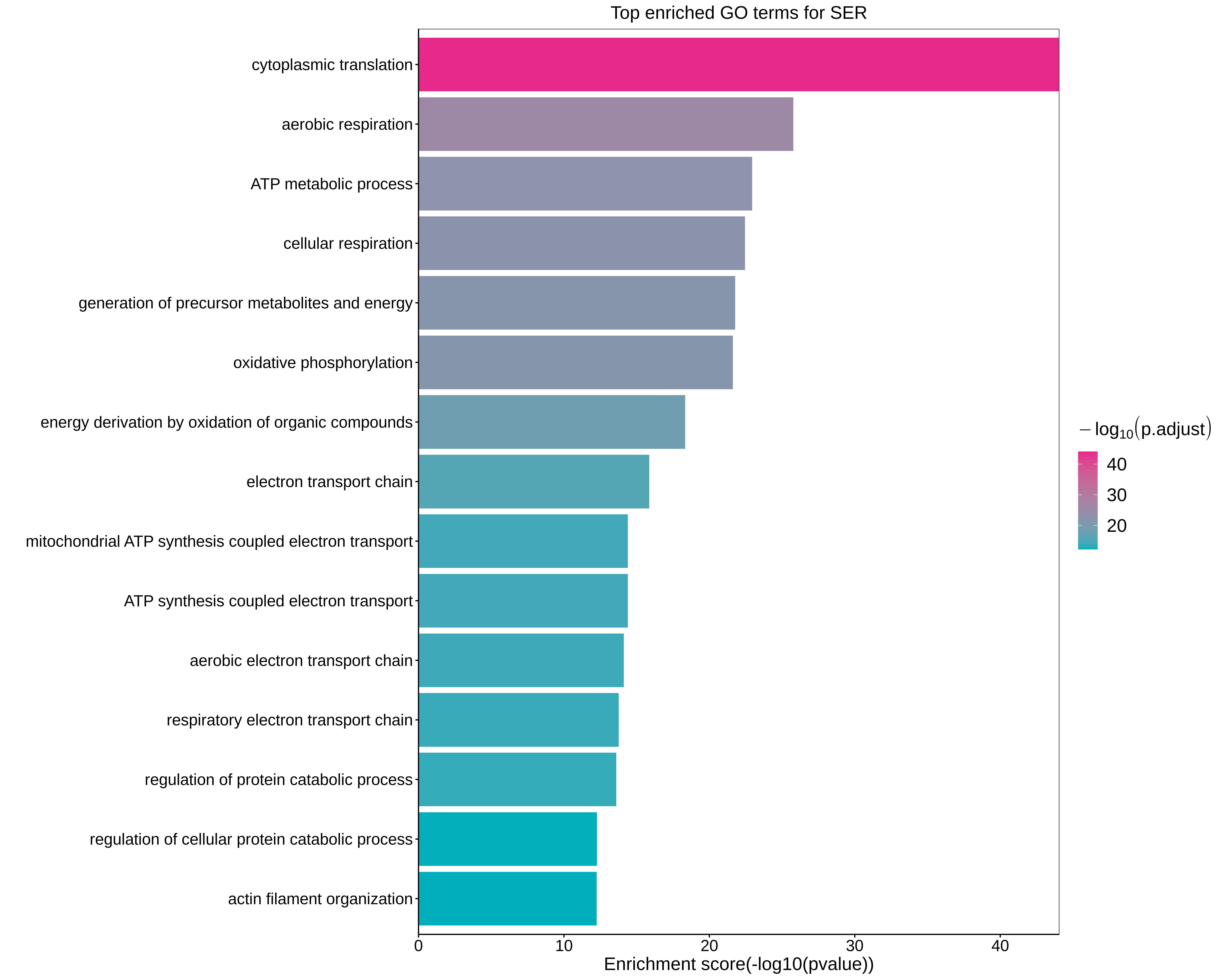

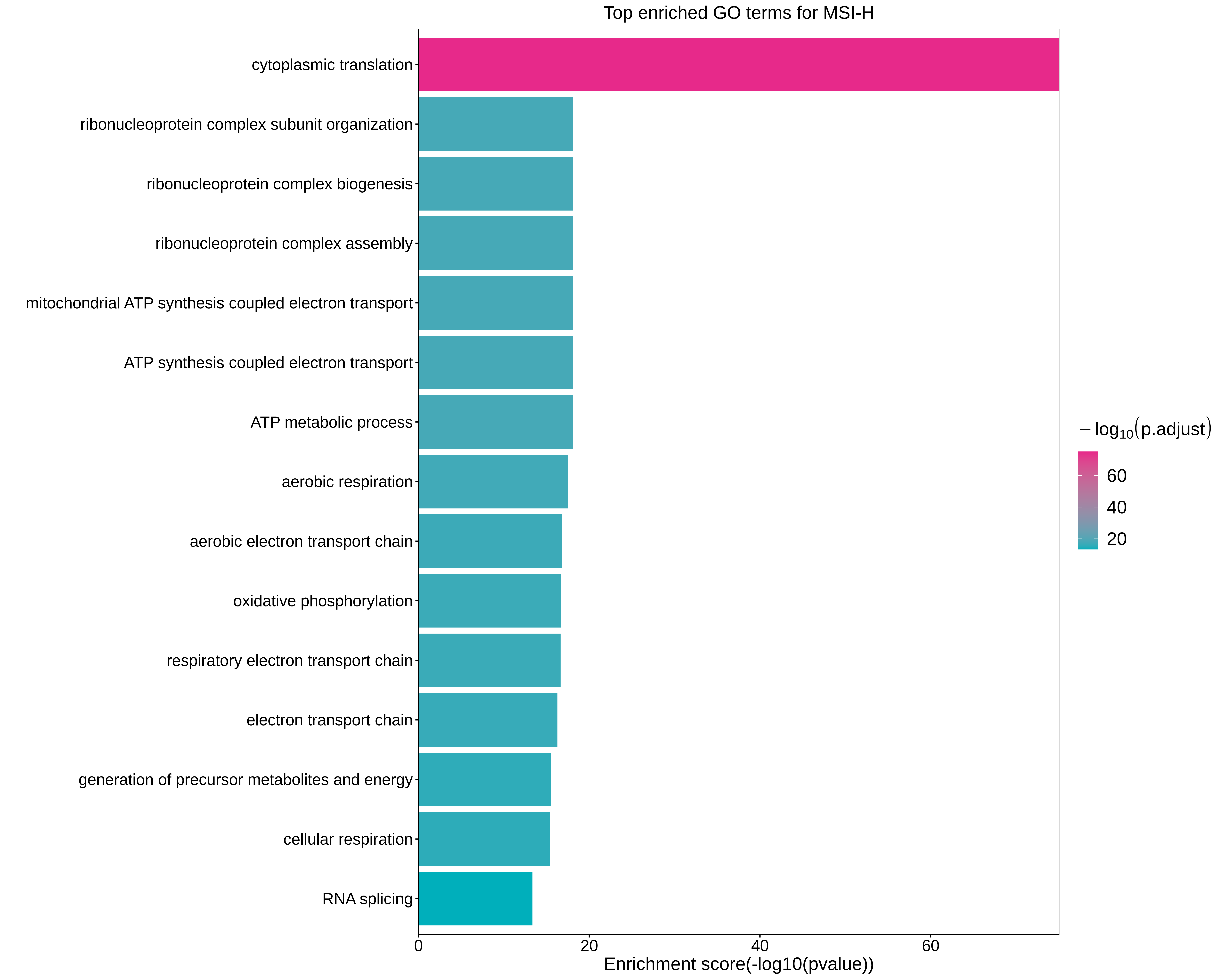
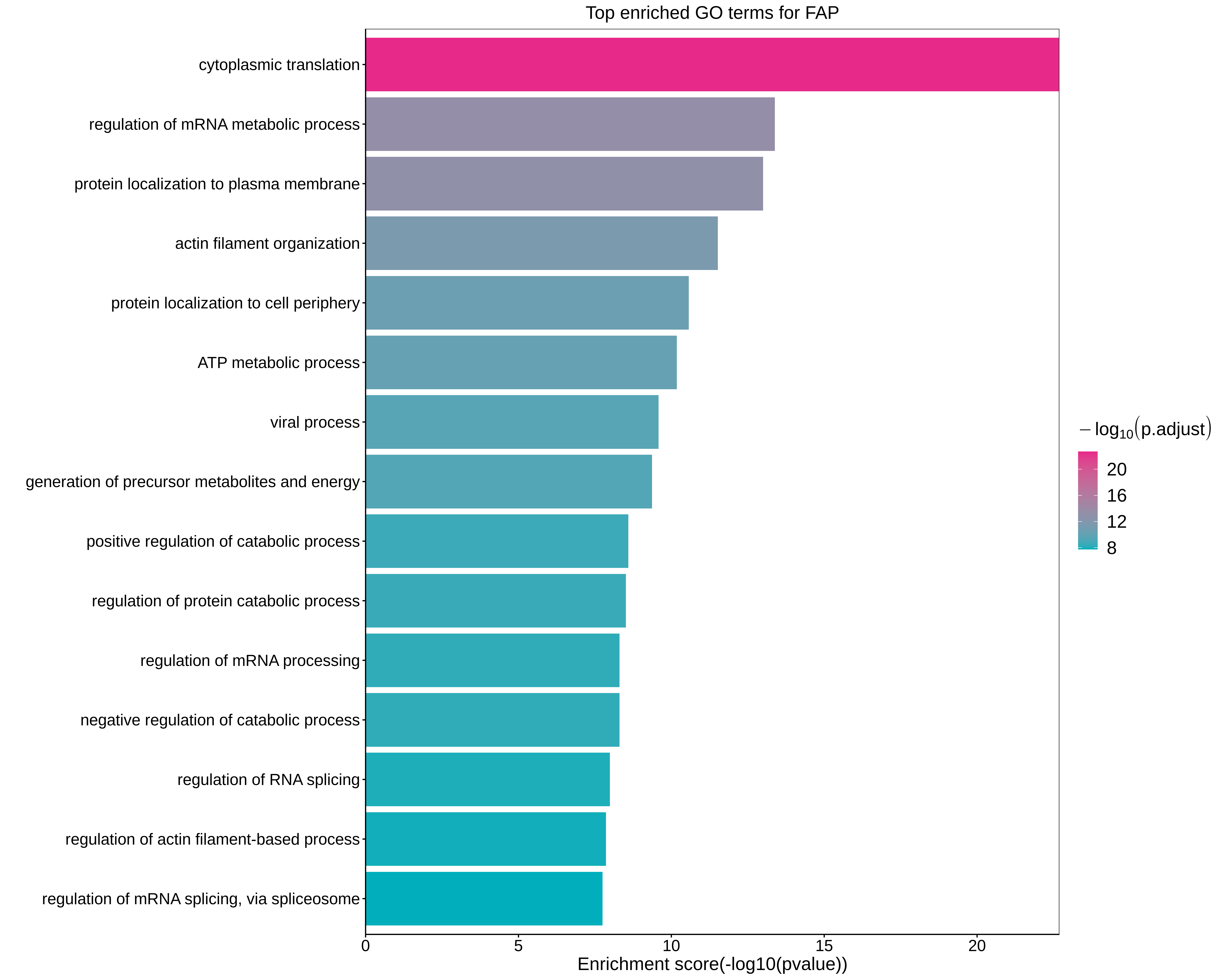
 Identification of potential cell-cell interactions between two cell types and their ligand-receptor pairs for different disease states
Identification of potential cell-cell interactions between two cell types and their ligand-receptor pairs for different disease states Find out the significant the regulons (TFs) and the target genes of each regulon across cell types for different disease states
Find out the significant the regulons (TFs) and the target genes of each regulon across cell types for different disease states Annotation of somatic variants for genes involved in malignant transformation
Annotation of somatic variants for genes involved in malignant transformation Identification of chemicals and drugs interact with genes involved in malignant transfromation
Identification of chemicals and drugs interact with genes involved in malignant transfromation



